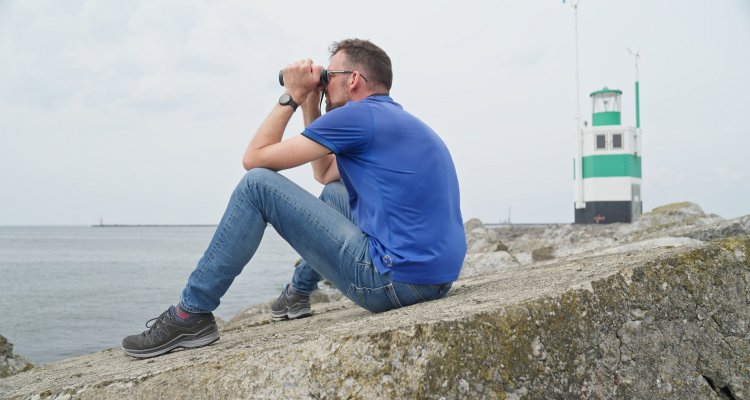
“We keep improving our monitoring abilities, so we’re constantly expanding our knowledge about the North Sea.”
What will the North Sea of the future look like? To a large extent, that will depend on the energy transition from fossil fuels to sustainable energy. Wageningen Marine Research is studying the way that offshore wind farms affect marine mammals, birds and fish.
- Unfortunately, your cookie settings do not allow videos to be displayed. - check your settings
Energy transition
Compared to fishing, sand mining, shipping and oil and gas extraction, wind farms are a relatively new type of economic activity in the already crowded North Sea. But the sector is certainly no less ambitious. By 2030, it’s expected that 21 gigawatts of electricity could be generated by offshore wind, and as much as 70 gigawatts by 2050. That would equate to 5,000 turbines in the Dutch part of the North Sea by the middle of the century.
As of the spring of 2024, there are 10 wind farms in the Dutch North Sea with a total of 670 turbines harvesting 4.7 gigawatts of wind energy. Those figures are therefore set to grow massively. According to some scenarios, by 2050 the space required for wind farms will be equivalent to around 7.5 to 13.4 percent of the Dutch part of the North Sea. “Thirteen percent is about as big as the provinces of North and South Holland put together,” says Tobias van Kooten, senior research associate in Ecological Dynamics at Wageningen Marine Research. “The North Sea is already crowded, so that’s a significant development.”
During the construction of offshore wind farms, there’s one factor that has the biggest impact on marine animals: noise.
The North Sea seems like the perfect place for wind farms. There’s plenty of wind, the sea is relatively shallow (often less than 30 metres in the southern part), and you’re not in anyone’s back yard, so there’s little concern and few complaints. But building wind farms at sea obviously has other effects. The generation of wind energy differs from other offshore economic activities in that it involves building large, permanent objects that physically occupy space. “We’re talking about monopiles with a diameter of about 12 metres, usually at least a kilometre apart,” says Van Kooten. “Then there’s a 500-metre exclusion zone around the wind farm, which no ships are allowed to enter. So of course wind farms have an impact on fishing, shipping and sand mining. And on marine life, obviously.”

Bubble screen
Wageningen Marine Research has long been involved in studies mapping the ecological impacts of wind farms. “During their construction, there’s one factor that has the biggest impact on marine animals, and that’s noise,” says Van Kooten. “Particularly during the piling process, when the structure is anchored in the ground. This has been found to affect seals as far as 40 kilometres away. You see changes in their behaviour, but those changes aren’t easy to interpret. So you can't definitively say whether they’re actually bothered by it.”

Sound can also affect whales and dolphins, which navigate and communicate through the sounds they make themselves. “In the North Sea, this is mainly about porpoises,” says Martin Poot, senior research associate in seabird ecology at Wageningen Marine Research. “So when you start the construction, you have to do some ‘pinging’ first: using sound signals to scare the porpoises away from the area before the piling work starts. After that, bubble screens are generated under the water and these serve to dampen the sound waves created by the piling work.”
The impact of wind farm construction on fish is also monitored. “Echo sounders are used to conduct scans from stationary positions as well as from boats to identify the location of fish and to see whether that changes when there’s a lot of noise, especially for pelagic species such as herring, sprats, anchovies and mackerel,” says Poot. “It appears that noise doesn’t really cause schools of fish to move. So those impacts aren’t too bad.”
Birds, sharks and plankton
Once a wind farm has been constructed and is operational, research into other impacts follows. “We’re involved in sea bird research around the Gemini wind farm, north of the islands of Ameland and Schiermonnikoog,” says Poot. “We’re performing aerial reconnaissance with high-definition cameras to see where the birds are. Based on this, we create statistical models. This has shown that razorbills and guillemots don’t like to swim between the wind turbines. They normally dive up to 30 metres to catch fish. At that depth you can’t see much anymore, so presumably they have a different detection system to enable them to find fish. It may be that the underwater noise of the turbines disrupts that. But it could also be that the visual effect of the spinning rotors influences their behaviour.”
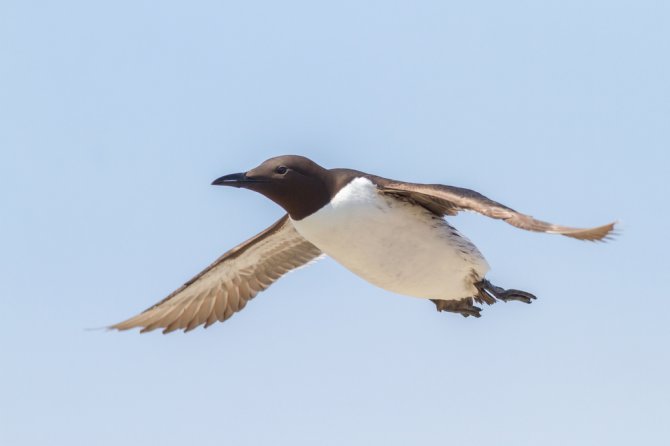
Wageningen Marine Research is also working on models to determine the effects of wind turbines on flying birds. “That’s primarily about bird migration, when millions of songbirds such as thrushes, starlings, larks and robins come our way from Russia and Scandinavia. Those theoretical calculations have shown that there can be a lot of casualties if they fly through a wind farm at night.”
It’s difficult to ascertain how that unfolds in real life, as researchers are generally not around when birds fly into wind turbines and crash into the sea. “By placing sensors in rotor blades and using thermal cameras, we’ll be able to get a better idea of this. One of the solutions already in use is the start-stop measure. A model and a team of experts predict when bird migration is set to peak, which is usually when the birds have good tailwinds so that they feel confident enough to cross the sea. You can then turn off the wind turbines in their path just before that peak moment, and buy alternative energy.”
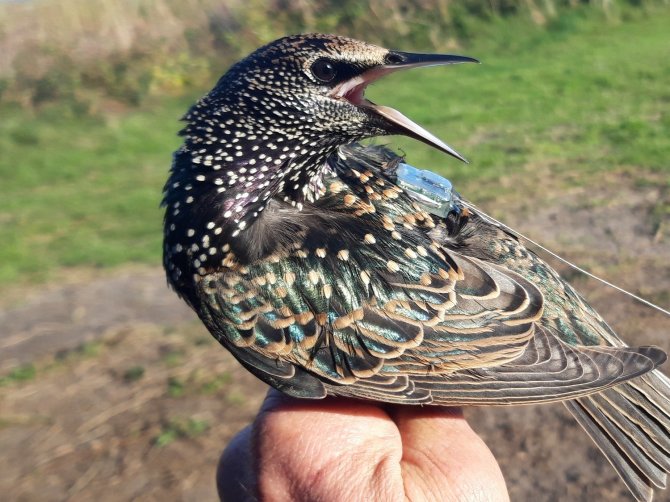
Risks for bats
Insects are the most recent topic that Wageningen Marine Research has added to its research portfolio. “It’s mainly about improving our understanding of the risks faced by bats, because they’re attracted to insects, of course.” There’s also a need for more underwater research, for example on how sharks and rays react to the electric fields around power cables. “Those animals rely on their electroreceptors to hunt and navigate,” says Van Kooten. “Do the cables act as a barrier? Or do they actually attract the animals? There's a lot we don't know yet.”
Van Kooten points out that wind farms also change the interplay of wind, sand and water. “Models are being built to study those factors. How do wind farms cause changes to sedimentation, or to the mixing of water layers with different temperatures and levels of salinity? Once that information is there, our role is to study the impact on natural life. There could be impacts on the growth of phytoplankton, which is the foundation of the marine food pyramid.”
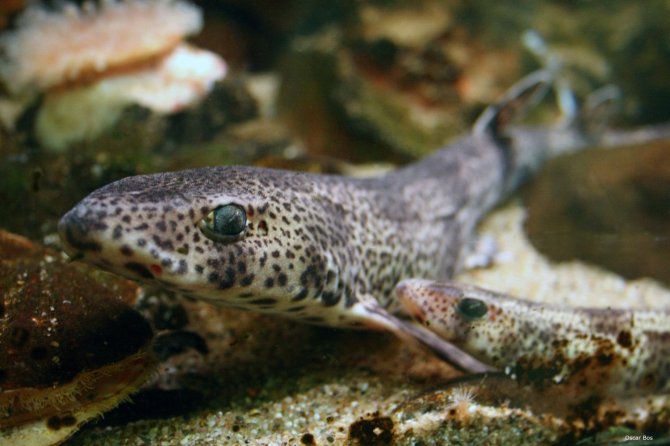
Multi-use
It’s worth noting that the ecological impacts of wind farms aren’t necessarily all negative. “No fishing is allowed within the wind farms. That's just an insurance issue,” says Van Kooten. “Nobody wants to deal with collisions, or risk having one of the many power cables in a wind farm getting torn off. What we hope is that wind farms will be places where creatures that live on the seabed can make a recovery. Bottom trawling tends to be the activity with the greatest ecological impact at sea. Also, preventing fishing around a wind farm is often the same in practice as cutting back on fishing everywhere. And less fishing leads to more fish and less damage to the seabed.”

Aquaculture of mussels and seaweed within wind farms is also being considered. That’s an example of ‘multi-use’ – a term commonly used in discussions about the North Sea transition. It would enable wind farms to contribute not just to the energy transition, but also to the food and nature transition. “Wind turbines are always completely covered in mussels,” says Van Kooten. “But whether this can become an actual business model remains to be seen. A mussel bed closer to the coast may be more profitable than one at an offshore wind farm. But no doubt some market players will emerge and try to make it work.”
Frustrations for fishers
Overall, the ecological effects of wind farms don’t seem to be too bad for now, though of course it depends on the species and area. According to Van Kooten, there’s no reason for the fishing industry to suffer serious negative impacts either. “Fishers have problems that are more pressing than wind turbines, like fuel prices. The industry organisations publish a Fisheries Yearbook every year with all the rules: what mesh size your nets can have, and stipulating how you can only cross a certain area from north to south. Every year, that book has more pages in it. Those rules are the real frustrations for fishers.”
Wind turbines are conveniently tangible things that are easy to protest against. But surely climate change is the real problem for the North Sea.
Poot adds: “Wind turbines are conveniently tangible things that are easy to protest against. But wind turbines are also a way for us to try and mitigate climate change. And surely climate change is the real problem for the North Sea. These days, the population of porpoises in the North Sea is back up to around 80,000. That’s not an indication of population recovery, but simply a shift: they’re coming here from waters further north. The same pattern is now evident in seabirds. Climate change makes the water warmer in one place, colder in another, the pH level changes, and that of course affects the base of the food chain and the populations of countless marine animals.”
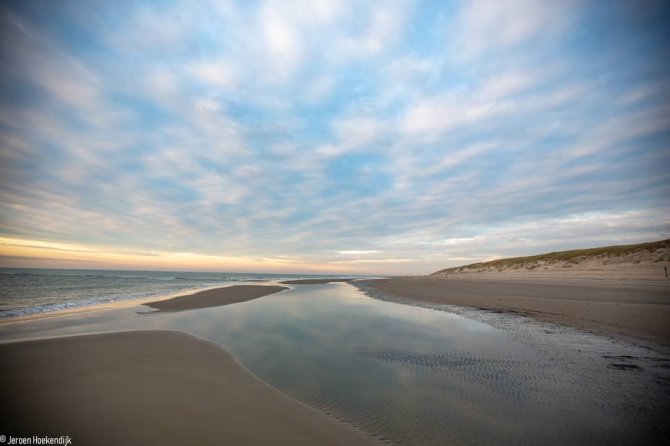
Constructive
It’s difficult to predict the role that offshore wind farms will have in the long-term development of the energy transition. “It’s likely that the plans going up to 2030 will all be realised, but I can’t be so sure about 2050. Eneco recently announced its withdrawal from the tender for two new wind farms off the coast near IJmuiden. They think the financial risks are too great. That does indicate that there are a lot of uncertainties around this.”
Poot stresses that a lot of follow-up research is still needed on the effects of wind farms on marine life, and he welcomes all the methods and technology that are now available to conduct that research. “Sensors in rotor blades, thermal cameras, transmitters on marine animals – and it’s all pretty robust equipment, which is really necessary at sea with all that salt and wind. We keep improving our monitoring abilities, so we’re constantly expanding our knowledge. I sometimes say that for researchers, the energy transition encompasses a monitoring transition and a technology transition.”
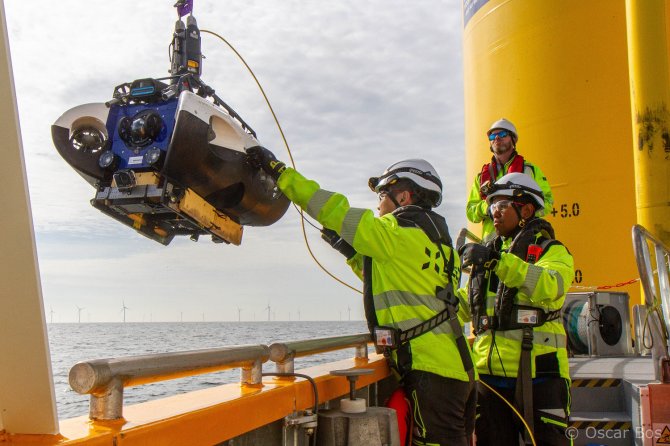
He’s also positive about how all that ecological data and knowledge is being received. “The environment is often an afterthought in all kinds of government policies, but you can also see how ecological knowledge has led to change in various parts of the process. We have conservation targets for certain species specified in legislation, and anyone who wants to do something out at sea has to adhere to a whole range of preconditions. That includes the pinging we mentioned, and the bubble screens to protect porpoises. And experiments are being done with the use of vibratory rather than impact pile driving, or sinking a kind of inverted concrete bucket and filling it with sand. I feel that a constructive approach is being taken to the consideration of marine life.”